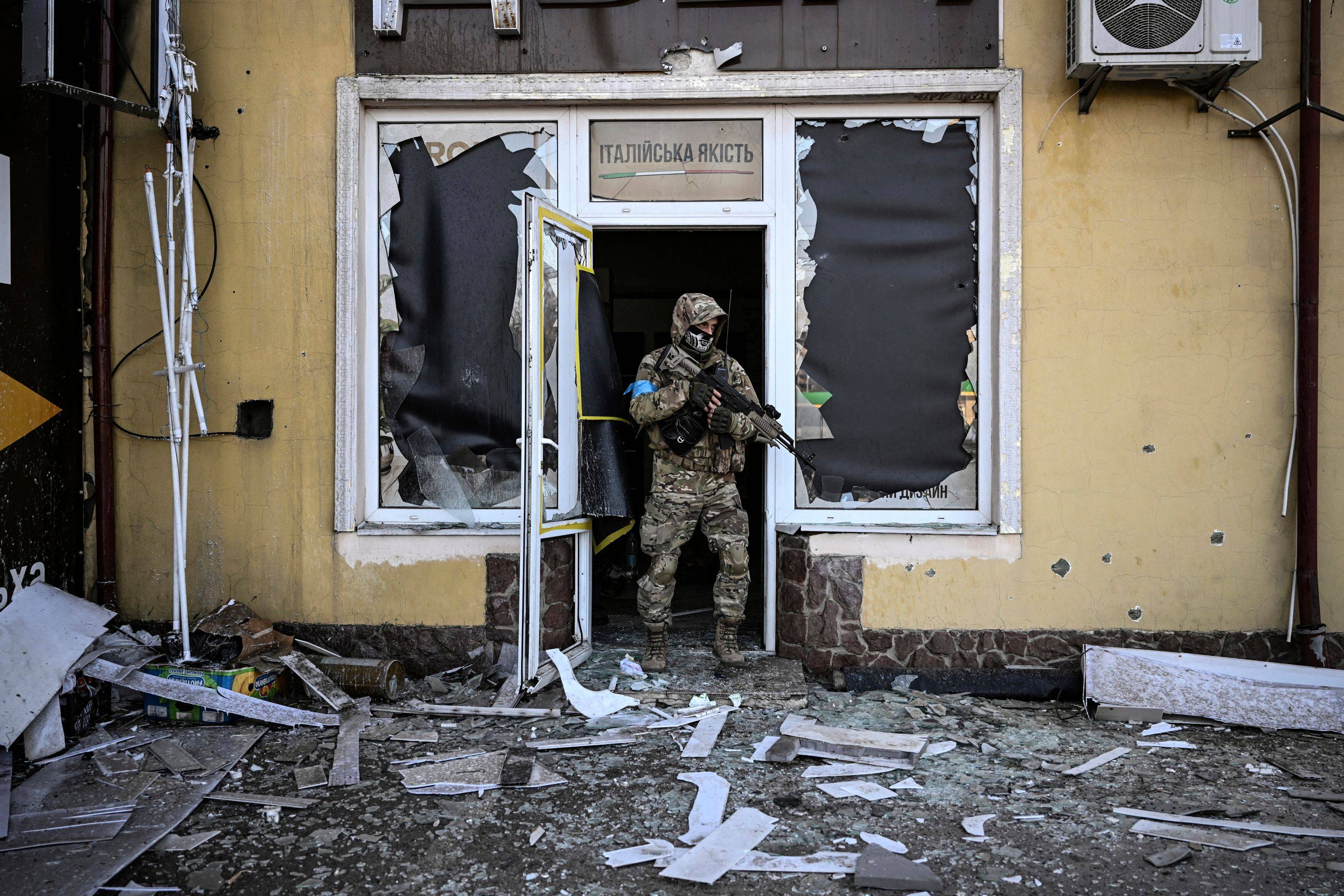The United States accurately predicted the start of the war in Ukraine, sounding the alarm that an invasion was imminent despite Moscow’s denials and Europe’s skepticism. Predicting how it might end is proving far more difficult.
There are three separate back-channel efforts underway to start negotiations — by the leaders of France; Israel and Turkey; and, in a recent entree, the new chancellor of Germany. But so far, all have hit the stone wall of Russian President Vladimir Putin’s refusal to engage in any serious negotiation. At the Pentagon, there are models of a slogging conflict that brings more needless death and destruction to a nascent European democracy, and others in which Putin settles for what some believe was his original objective: seizing a broad swath of the south and east, connecting Russia by land to Crimea, which he annexed in 2014.
And there is a more terrifying endgame, in which NATO nations get sucked more directly into the conflict, by accident or design. That possibility became more vivid Sunday, when Russian missiles landed in Ukraine’s western reaches, an area unscathed until now by the 18-day-old conflict, about a dozen miles from the Polish border. Russia declared over the weekend that continued efforts to funnel weapons through that region to the Ukrainian forces would make the convoys "legitimate targets,’’ a warning that just because the weapons are being massed on NATO territory does not mean they are immune from attack.



















With your current subscription plan you can comment on stories. However, before writing your first comment, please create a display name in the Profile section of your subscriber account page.